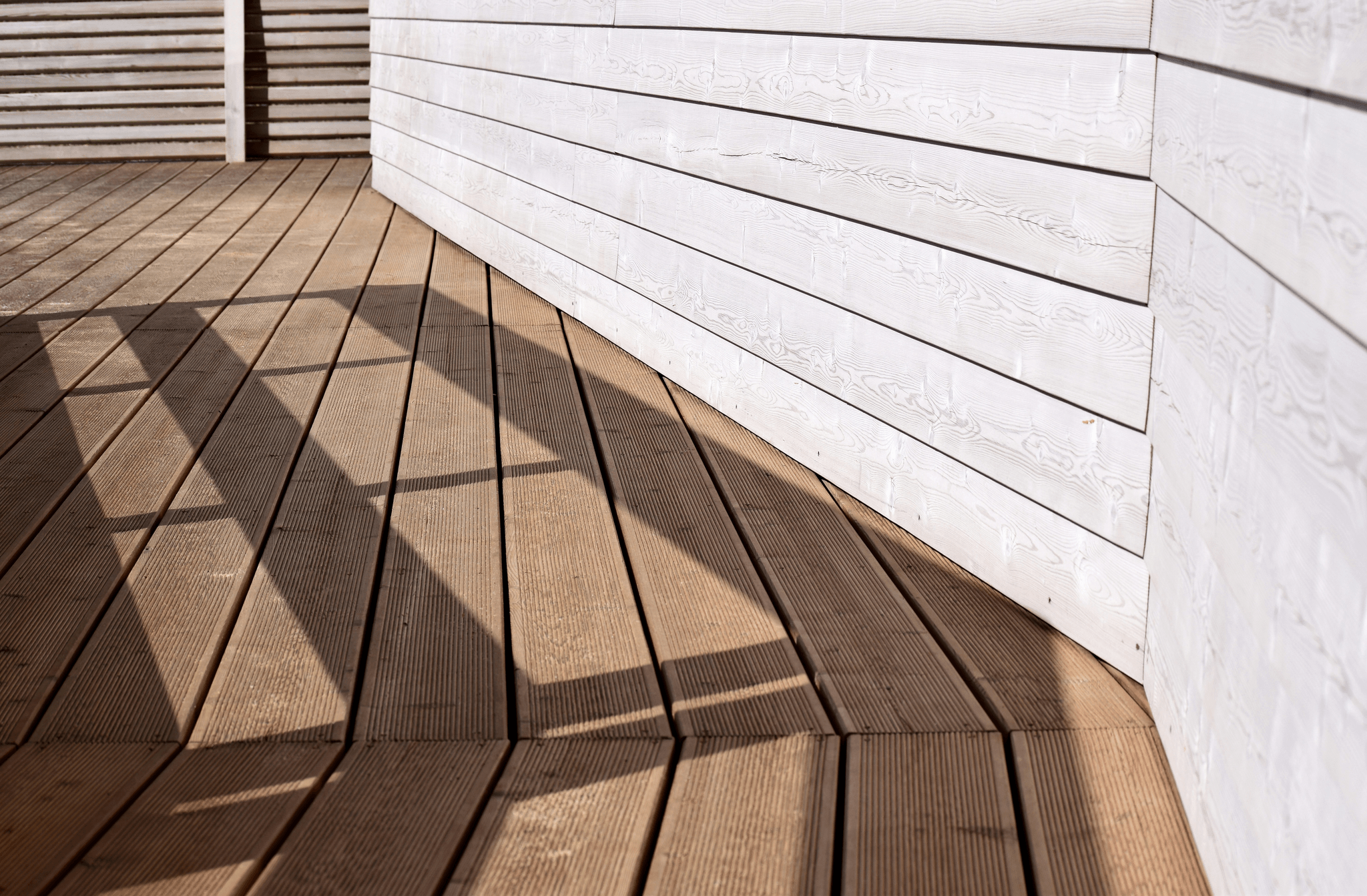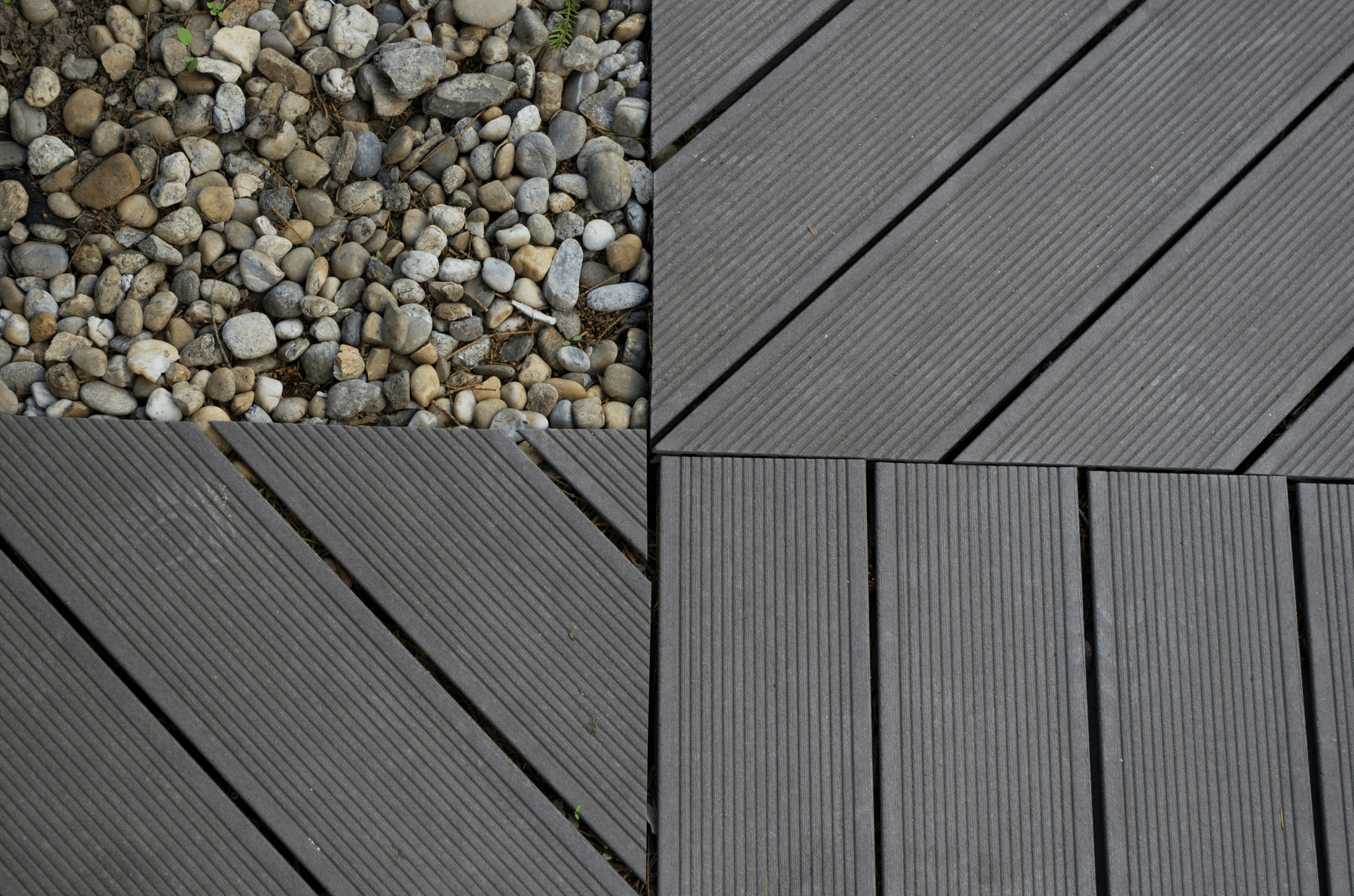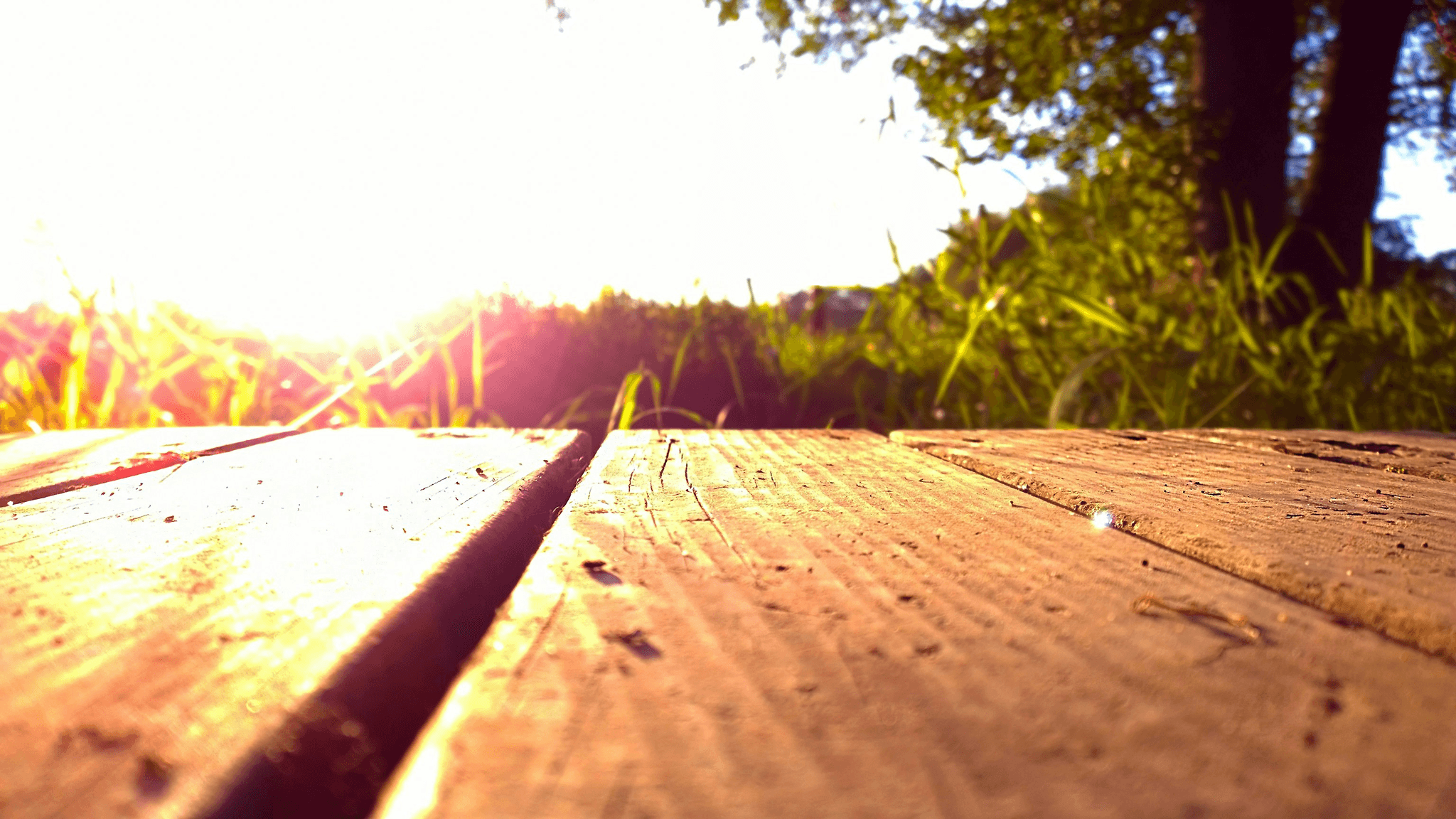Introduction

In a world where sustainability meets style, composite wood has emerged as a game-changer in the building materials market. But what is composite wood exactly? This innovative material, often referred to as artificial lumber, combines the best of both worlds: the natural beauty of traditional wood with enhanced durability and low maintenance requirements.
Understanding Composite Wood Essentials
Composite wood is not just any ordinary lumber; it’s a blend of recycled plastics and wood fibers that creates a versatile building material. This unique composition gives composite boards their remarkable strength and resistance against environmental wear and tear. Understanding these essentials can help homeowners and builders alike appreciate why composite lumber has become increasingly popular in recent years.
The Rise of Composite Lumber
The rise of composite lumber can be attributed to its ability to offer an eco-friendly alternative to traditional timber without sacrificing aesthetics or functionality. With growing concerns about deforestation and environmental impact, many consumers are turning toward options like composite wood decking for their outdoor spaces. As more brands emerge, offering a variety of styles and colors, it’s clear that the popularity of this artificial lumber will continue to soar.
Benefits of Composite Wood Materials
The benefits of composite wood materials are hard to ignore; they provide exceptional durability against weather elements, pests, and rot that often plague traditional wooden structures. Additionally, with minimal upkeep required—think no sanding or staining—composite boards allow homeowners more time to enjoy their outdoor living spaces rather than maintain them. In short, whether you're considering composite lumber for decking or other applications, you’ll find that its advantages make it a compelling choice in today's market.
What Is Composite Wood?

Composite wood, often referred to as artificial lumber, is a man-made material that combines wood fibers with plastic or other synthetic materials. This innovative blend creates a product that mimics the appearance of natural timber while offering enhanced durability and resistance to environmental factors. So, when someone asks, what is composite wood? they’re essentially inquiring about a sustainable alternative that bridges the gap between traditional wood and modern engineering.
Definition and Composition
At its core, composite wood consists of a mixture of recycled wood fibers and plastics, resulting in a robust material ideal for various applications. This unique composition not only enhances its structural integrity but also contributes to its eco-friendly nature by utilizing recycled materials that would otherwise end up in landfills. The result is composite lumber that retains the aesthetic appeal of real wood while boasting superior performance characteristics.
Differences from Traditional Wood
One of the key differences between composite lumber and traditional wood lies in their maintenance needs; while natural timber requires regular staining and sealing to maintain its appearance, composite decking can typically be cleaned with soap and water alone. Additionally, unlike traditional wood that can warp or splinter over time due to weather exposure or pest infestations, artificial lumber is designed to resist such issues effectively. Ultimately, these differences make composite boards an attractive option for homeowners seeking longevity without sacrificing style or functionality in their outdoor spaces.
Key Features of Composite Wood

Composite wood, often referred to as artificial lumber, is gaining popularity for a multitude of reasons. Its unique blend of materials offers durability, aesthetic flexibility, and low maintenance needs that appeal to homeowners and builders alike. Let’s dive into the key features that make composite wood a top choice in modern construction.
Durability Against Weather and Pests
One of the standout benefits of composite wood is its remarkable durability against weather extremes and pesky pests. Unlike traditional lumber, which can warp or rot when exposed to moisture, composite boards are engineered to withstand the elements without losing their integrity. This makes composite lumber decking an excellent option for outdoor projects where exposure to rain, sun, and insects could wreak havoc on natural wood.
The resistance to warping and splintering means that your outdoor spaces will maintain their beauty over time with minimal wear and tear. Additionally, pests like termites have little interest in artificial lumber due to its synthetic composition. So if you’re tired of replacing rotting wooden decks every few years, consider switching to composite wood for long-lasting performance.
Low Maintenance Requirements
If you love the look of wood but dread the upkeep it requires, then composite wood is your new best friend! Unlike traditional decking options that demand regular staining or sealing, plastic decking made from composite materials requires only occasional cleaning with soap and water. This low maintenance requirement allows homeowners more time to enjoy their outdoor spaces rather than laboring over them.
Moreover, because it resists fading and staining better than natural alternatives, you won't find yourself scrubbing away at stubborn marks or worrying about UV damage ruining your investment. With composite lumber decking, simply rinse off debris or dirt after a rainy day—easy peasy! Investing in this material means less hassle while enjoying all the aesthetic benefits of beautiful wooden designs without the constant upkeep.
Aesthetic Versatility in Design
When it comes to aesthetics, composite wood truly shines with its versatility in design options. Available in a variety of colors and finishes that mimic natural woods beautifully, these boards can fit seamlessly into any architectural style—from rustic cabins to sleek modern homes. Whether you prefer a classic mahogany hue or a contemporary gray tone for your deck or patio area, there’s an option out there just waiting for you!
Additionally, many manufacturers offer customizable features such as textures and patterns that further enhance visual appeal while ensuring slip resistance—perfect for poolside areas! The aesthetic flexibility offered by composite boards allows homeowners not only to express their personal style but also create inviting outdoor spaces designed for relaxation and entertainment alike.
Composite Lumber Decking Explained

Advantages Over Traditional Decking
Composite wood decking boasts several advantages over traditional options that make it a top choice for homeowners. First and foremost, its durability means it can resist fading, warping, and splintering—issues that often plague natural wood decks. Moreover, composite boards are impervious to pests like termites and don’t require regular staining or sealing like their wooden counterparts.
Another notable benefit is the aesthetic versatility offered by composite lumber. With a variety of colors and textures available, you can easily find options that mimic the look of real wood while enjoying all the perks of plastic decking. Plus, this material is environmentally friendly since it's often made from recycled materials, making it a win-win for both your home and the planet.
Popular Brands and Products
In the world of composite lumber decking, several brands stand out for their quality and innovation. Trex is perhaps one of the most recognized names in this space; they offer an extensive range of products designed for both aesthetics and performance. Another strong contender is TimberTech, known for its eco-friendly approach to creating composite boards that last.
Additionally, Fiberon provides excellent choices with their durable composite decking solutions that cater to various budgets without skimping on style or functionality. Each brand brings unique offerings to the table—whether you're looking for different colors or textures—ensuring there's something for everyone in this booming market.
The Role of Composite Decking Inc
Composite Decking Inc plays a pivotal role in promoting awareness about what is composite wood among consumers looking to enhance their outdoor living spaces. This company specializes in providing high-quality composite lumber products while emphasizing sustainability throughout its operations. With an array of offerings ranging from basic planks to intricate railing systems made from artificial lumber, they cater to both DIY enthusiasts and professional builders alike.
Their commitment goes beyond just selling products; they also provide valuable resources on installation techniques and maintenance tips for ensuring longevity with your composite wood decking investment. As more people recognize the benefits associated with using materials like plastic decking instead of traditional woods, companies like Composite Decking Inc will continue leading innovations within this industry.
Innovative Uses of Composite Boards

Composite boards are not just for decking; their versatility makes them suitable for a wide range of applications. From fencing and siding to furniture and playground equipment, composite wood can be found enhancing both residential and commercial spaces. This artificial lumber is increasingly being used in innovative ways, proving that composite wood is a smart choice for various projects.
Beyond Decking: Other Applications
While composite lumber decking is one of the most popular uses, it’s far from the only application for composite wood. Homeowners have turned to composite boards for building fences that resist rot and pests, ensuring longevity without the hefty maintenance traditional wood requires. Additionally, outdoor furniture made from composite materials offers durability against the elements while maintaining aesthetic appeal, making it an ideal choice for patios and gardens.
Eco-Friendly Attributes of Composite Wood
One of the standout features of what is composite wood is its eco-friendly nature. Made from recycled plastics and reclaimed wood fibers, this type of artificial lumber reduces waste while providing a sustainable alternative to traditional timber. By choosing composite lumber over natural alternatives, consumers support recycling efforts and contribute to forest conservation.
Case Studies of Successful Projects
Numerous case studies highlight the successful integration of composite wood into various projects around the globe. For instance, a community park in California utilized plastic decking made from recycled materials to create an inviting boardwalk that withstands harsh weather conditions while being environmentally friendly. Another project involved using composite boards in a modern architectural design that showcased their aesthetic versatility, proving that what is composite wood can elevate any space without compromising on sustainability.
How to Care for Composite Wood

Taking care of composite wood is essential for maintaining its beauty and durability over time. Unlike traditional lumber, which can be prone to warping and rotting, composite wood requires a unique approach to cleaning and upkeep. With the right techniques and products, you can ensure that your composite lumber remains in excellent condition for years to come.
Cleaning and Maintenance Tips
When it comes to cleaning composite wood, a little goes a long way. Regularly sweep or use a leaf blower to remove debris from your composite boards; this prevents dirt buildup that can lead to discoloration. For deeper cleaning, mix warm water with mild soap or a specialized cleaner designed for composite lumber decking—avoid harsh chemicals as they can damage the surface.
After applying the cleaner, use a soft-bristle brush or cloth to scrub away any stubborn stains gently. Rinse thoroughly with water afterward; this helps maintain the aesthetic appeal of your artificial lumber while protecting it from potential damage caused by residue. Remember that prevention is key; keeping your deck clear of leaves and organic matter minimizes the chances of mold growth on your composite wood decking.
Recommended Products for Longevity
To preserve the lifespan of your composite wood, opt for cleaners specifically formulated for plastic decking or composite materials. Brands like DeckWise or Simple Green offer effective solutions that help maintain color and prevent fading without causing harm to the material itself. Additionally, consider using protectants designed for artificial lumber; these products create a barrier against UV rays and moisture.
For those who want an eco-friendly option, look into biodegradable cleaners that are safe for both your deck and the environment—after all, one of the benefits of using composite boards is their sustainability! Regularly applying these products will keep your composite lumber looking fresh while ensuring its longevity against wear and tear.
Common Mistakes to Avoid
While caring for your composite wood may seem straightforward, there are common pitfalls many homeowners encounter. One major mistake is using abrasive brushes or power washers on their composite lumber decking; these can scratch or damage the surface layer over time. Stick with soft bristles when scrubbing—it's gentler but still effective!
Another error is ignoring spills; letting substances like food or drinks sit too long can lead to staining on artificial lumber surfaces. Always clean up messes promptly with mild soap and water instead of letting them fester into tougher stains down the line! Lastly, avoid using traditional oils or sealants intended for natural woods on your plastic decking—they won’t adhere properly and could create more issues than they solve.
Conclusion

As we wrap up our exploration of composite wood, it becomes clear why this innovative material is gaining traction among homeowners and builders alike. Composite lumber offers a unique blend of durability, aesthetics, and sustainability that traditional wood simply can't match. Whether you're considering composite lumber decking for a new patio or looking to enhance your outdoor space with composite boards, the advantages are compelling.
Why Choose Composite Lumber?
Choosing composite lumber means opting for longevity and low maintenance without sacrificing style. Unlike traditional wood, which requires regular staining and sealing, composite wood is designed to withstand the elements while maintaining its appearance over time. The weather-resistant properties of plastic decking ensure that your investment looks great season after season, making it an ideal choice for those who want beauty without the hassle.
Comparing Composite Wood to Natural Alternatives
When comparing composite wood to natural alternatives, it's essential to consider factors like durability and environmental impact. While natural wood may have its charm, it often falls short in terms of longevity and resistance to pests or rot—issues that artificial lumber addresses head-on. Plus, many composite products are made from recycled materials, making them a more eco-friendly option compared to harvesting new timber.
The Future of Composite Wood Solutions
The future of composite wood solutions looks bright as manufacturers continue to innovate and improve their offerings. With advancements in technology, we're seeing even more aesthetically pleasing options for composite lumber decking that mimic the look of real wood without compromising on performance. As awareness grows about sustainable building practices and eco-friendly materials like composite boards gain popularity, we can expect this trend to flourish in residential and commercial projects alike.
